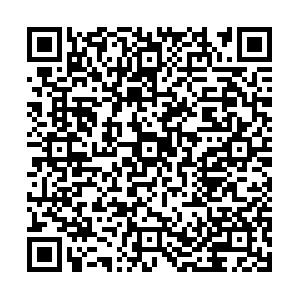规范 · 推论 · 交往 · 世界—布兰顿哲学的四个维度
Normativity, Inference, Communication, and World
-
摘要: 布兰顿首先将“规范”当作人类活动的核心特征,并以实用主义的方式回答了规范的性质问题;然后再由规范引出推论作为语言意义的根据,并澄清了实质推论的基础地位;接着又进一步,细致解析了推论的实际运作机制,将推论落实于社会交往的过程之中,认为社会交往本质上是不同成员之间的道义计分;最后,在推论主义框架下解释了真、表象语汇的必要性,并对语言与世界的关系做出了推论主义的说明。他的哲学体系由规范、推论、交往、世界四个维度组成。它们层层递进,形成了一个具有严密内在结构的有机整体。原本分散甚至对立的论题,在此得到整合。Abstract: Robert Brandom takes " normativity” as the unique feature of human’s practice, and explains the nature of normativity in the pragmatic way; then, based on normativity, he introduces inference as the solution to the meaning of language and derives the material inference as the fundamental layer; then, he clarifies the actual operative mechanism of inference in great detail which is realized in the the course of social communications, regarding the process of social-communication to be essentially the deontic scorekeeping among different individuals; finally, under the framework of inferentialism, he argues for the necessity of vocabulary such as " truth” and " representation” and makes an inferentialist explanation about the relation between language and world. His philosophical system is composed of these four dimensions: normativity, inference, communication and world. They form an integrated whole made of a fine structure. By doing so he unifies many originally different or even opposite viewpoints.
-
Key words:
- norms /
- inference /
- communication /
- world
-

 点击查看大图
点击查看大图
计量
- 文章访问数: 2384
- HTML全文浏览量: 196


 下载:
下载:
 沪公网安备 31010102003103号
沪公网安备 31010102003103号